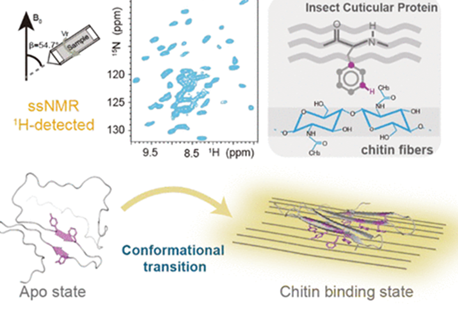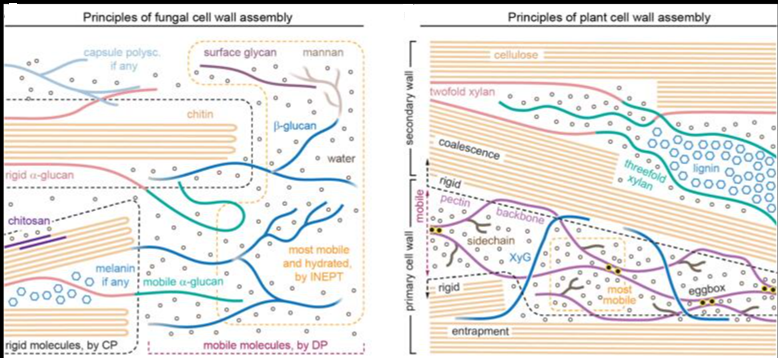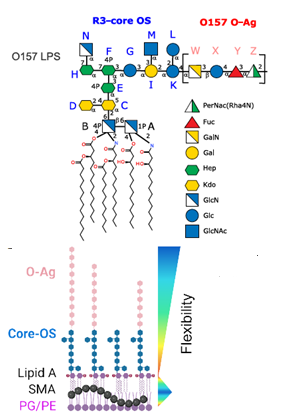Viral and host glycans represent an understudied aspect of host-pathogen interactions despite their potential implications for treating viral infections. This is due to the lack of readily available tools to analyse glycan function in a meaningful context. The authors generated a glycoengineered keratinocyte library of human glycosylation pathways to reveal the role of specific glycans at different stages of the herpes simplex virus type 1 (HSV-1) infection cycle. They demonstrate the importance of cellular glycosaminoglycans and glycosphingolipids for HSV-1 attachment for HSV-1 attachment, N-glycans for entry and spread, and O-glycans for replication.
While altered virion surface structures have minimal effects on the early interactions with wild-type cells, mutation of specific O-glycosylation sites affects glycoprotein surface expression and function. The data set demonstrates the importance of specific glycans in a clinically relevant human model of HSV-1 infection. It highlights the utility of genetic engineering to elucidate the roles of specific viral and cellular carbohydrate structures.




